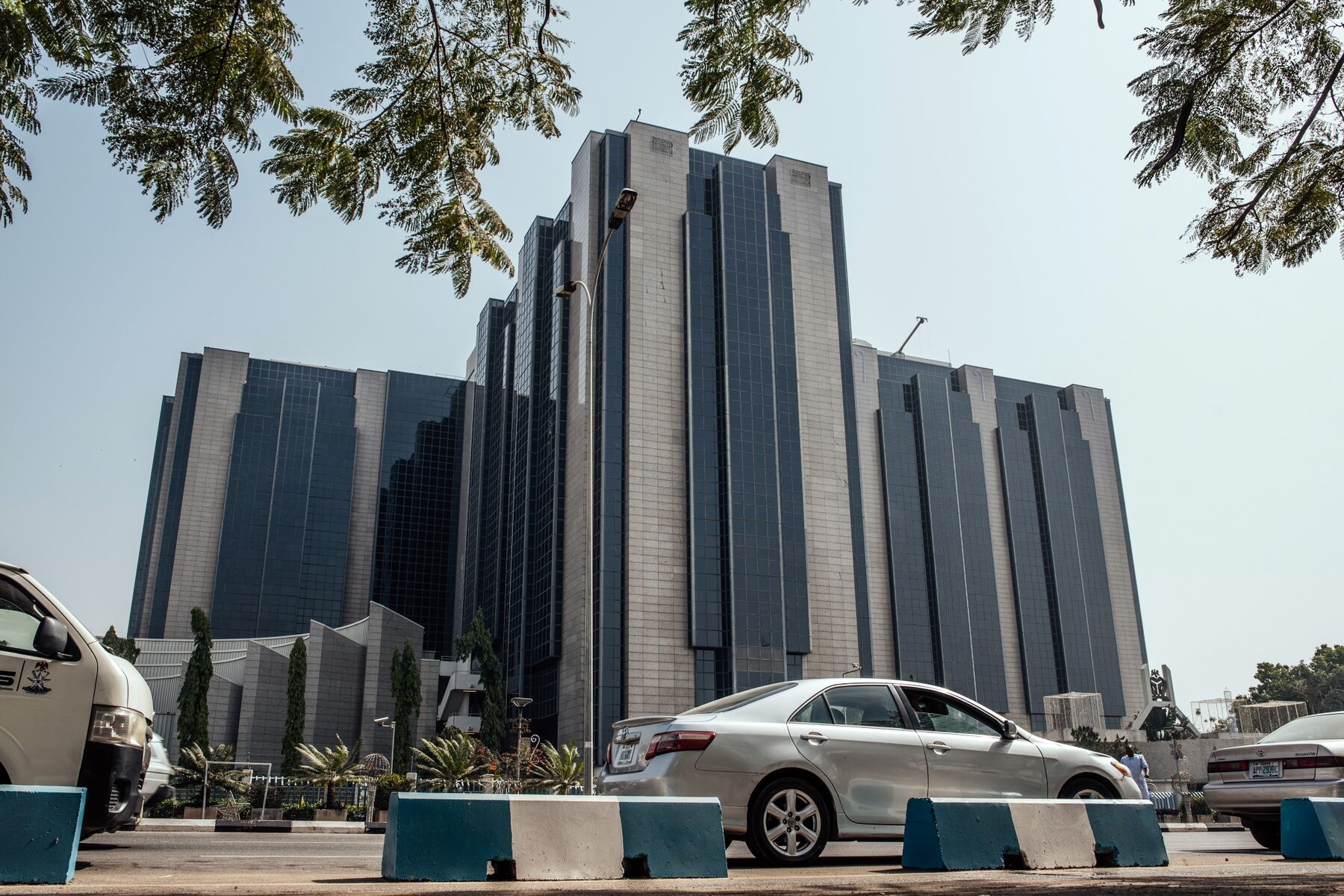Crude oil cargoes leaving for the United States from Nigeria and other members of the Organisation of Petroleum Exporting Countries dropped in December to the lowest level in at least five years, data from Refinitiv Eikon and market intelligence firm, Kpler, showed.
Oil cargoes departing from OPEC nations to the US fell to 1.63 million barrels per day last month, down from 1.80 million bpd in November and 1.78 million bpd in October, according to the data.
Vessels last month carried about 534,000 bpd from Saudi Arabia to the US, down from 632,000 bpd in November. Algeria sent 10,000 bpd, down 94,000 bpd, and Nigeria shipped 103,000 bpd, down by 48,000 bpd, according to Kpler.
One major exception to the decline was Iraq, which sent 295,000 bpd to the US, up by 140,000 bpd from November. Shipments from Venezuela increased by 22,738 bpd.
Reuters quoted analysts as saying that Saudi Arabia, the biggest producer in OPEC, and several others curbed supplies in the face of rising US production and inventories.
“Some of it was a decline in OPEC production. But they’re facing competition from US shale and Canadian production,” said Andy Lipow, president of Lipow Oil Associates in Houston.
OPEC and allies including Russia agreed last month to cut crude production beginning this month by 1.2 million bpd, following a strategy to support prices when supplies overwhelm demand.
OPEC pumped 32.68 million bpd last month, according to a Reuters survey, down 460,000 bpd from November, suggesting some members moved to reduce supplies ahead of the recent accord.
“Historically, Saudi Arabia has utilised crude export flows to the United States as a method of signalling the Kingdom’s intentions, given the transparency of the US market,” said Reid I’Anson, an energy economist at Kpler.
Booming US shale production and growing stockpiles also crimped the nation’s appetite for imported crude. US commercial crude stocks rose to 441 million barrels in the week ended December 21, up from 394 million barrels in mid-September, according to the US Energy Information Administration.
“When inventories began rising, that started to help decrease the demand for imports,” said Gene McGillian, vice president of market research at Tradition Energy in Stamford, Connecticut. “We could see even lower imports from OPEC.”
The US surpassed Russia and Saudi Arabia earlier in 2018 to become the largest crude oil producer in the world based on monthly data, according to the EIA.
US crude oil production was at record levels in 2018, with the EIA forecasting that 2018 annual crude oil production would reach 10.9 million bpd, surpassing the previous annual high of 9.6 million bpd set in 1970.
The country’s oil exports averaged 1.9 million bpd in 2018, about twice the amount that was exported in 2017. The growth in US exports of crude oil and petroleum products led to a one-week period in late November when the country was a net exporter for the first time in EIA’s data history.

 Billionaire Watch3 weeks ago
Billionaire Watch3 weeks ago
 Startups4 weeks ago
Startups4 weeks ago
 News4 weeks ago
News4 weeks ago
 News4 weeks ago
News4 weeks ago
 Bitcoin4 weeks ago
Bitcoin4 weeks ago
 Naira4 weeks ago
Naira4 weeks ago
 Forex3 weeks ago
Forex3 weeks ago
 Treasury Bills4 weeks ago
Treasury Bills4 weeks ago

























